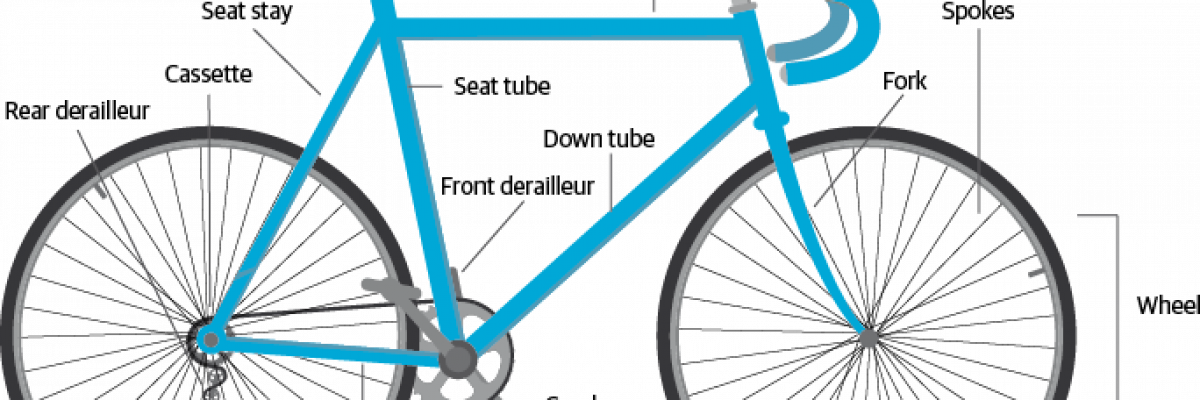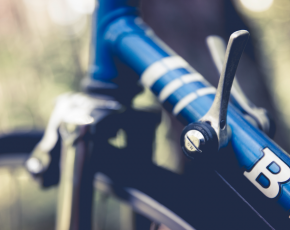Bikes are simple machines with a lot of parts. Knowing a few of the key parts of a bicycle can make all the difference when choosing the right bike for you.

What's what?

Rear derailleur: It’s the mechanism that moves the chain from cog-to-cog on the cassette at the rear of the bike.

Front derailleur: It’s the mechanism that moves the chain from cog-to-cog on the drive chain attached to your pedals and cranks.
Cables: These link handlebar controls (brake and gear levers) to the mechanisms like brakes and derailleurs.

Brake lever: These are the handlebar control for your brakes. In New Zealand, the front brake is controlled by your right hand and the back by your left hand.

Gear shifter: These are the handlebar controls for your gears. Usually, your left hand controls the gears on the large drive chain cogs and the right moves the chain up and down the cassette at the rear of the bike. Yours might look a little different, depending on the type of bike you have.

Cassette: The cassette is the group of cogs in the centre of the rear wheel. Changing where your chain is on the cassette, will make pedalling slightly harder or easier. The higher up the cassette the chain is, the easier it is to pedal.

Drive chain: This is the 1,2, or 3 cogs attached to the pedals and cranks. They tend to be larger than the cogs in the cassette and moving the chain from one cog to the other will make pedalling a lot harder or a lot easier. Generally the biggest cog is made for going down hills, the middle cog for riding on the flat and the smallest cog for climbing hills.











